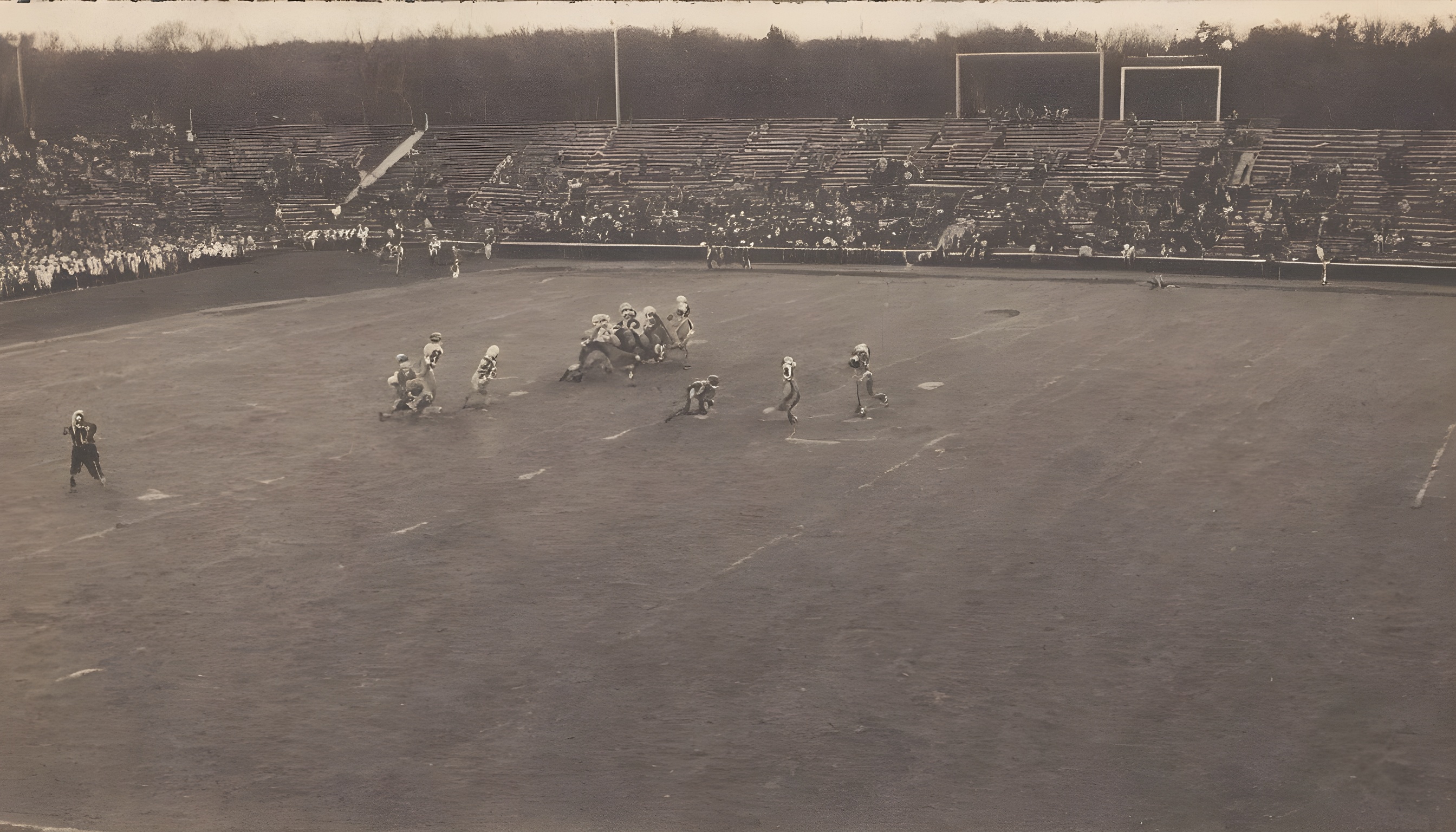The Evolution of American Football - From Leather Helmets to High-Tech Gear

American football, deeply ingrained in the cultural fabric of the United States, has undergone a remarkable evolution since its inception in the late 19th century. From its humble beginnings as a rough-and-tumble game played on muddy fields to the highly organized and technologically advanced sport we know today, the journey of American football reflects both societal changes and advancements in sports science and technology. Let's explore the fascinating evolution of American football and how it has shaped the game we love.
The Early Years: Leather Helmets and Gridiron Battles
American football traces its roots back to the mid-19th century, evolving from rugby and other similar games. In its early years, the sport was characterized by rough play, minimal protective gear, and a lack of standardized rules. Players wore leather helmets that offered little more than symbolic protection, and injuries were common.
Standardization and Safety Measures
As the popularity of American football grew, so did concerns about player safety. In the early 20th century, efforts were made to standardize rules and equipment to reduce the risk of injuries. Leather helmets were gradually replaced by hard-shell helmets, and protective padding became more widespread. The forward pass, introduced in the early 20th century, revolutionized the game, making it less reliant on brute strength and more strategic.
Television and the Rise of the NFL
The advent of television in the mid-20th century propelled American football into the national spotlight. The National Football League (NFL), founded in 1920, became increasingly popular, drawing millions of viewers and transforming players into household names. The merger with the American Football League (AFL) in the 1960s further solidified the NFL's dominance and paved the way for the modern era of professional football.
Technological Advancements in Equipment
The latter half of the 20th century saw significant advancements in football equipment technology. Helmets evolved to incorporate better shock absorption and improved facemasks for added protection. Shoulder pads became lighter and more flexible, allowing for greater mobility without sacrificing safety. The introduction of synthetic materials further enhanced the durability and performance of football gear.
Embracing Analytics and Sports Science
In recent decades, American football has embraced analytics and sports science to gain a competitive edge. Teams utilize advanced statistical analysis to inform strategic decisions, player evaluations, and game planning. Sports scientists work with athletes to optimize training regimens, reduce the risk of injuries, and maximize performance on the field.
The Future of American Football
As American football continues to evolve, questions about player safety, concussion prevention, and the long-term impact of the sport loom large. Innovations such as improved helmet designs, rule changes to minimize head injuries, and ongoing research into concussion management are shaping the future of the game. Additionally, advancements in technology, such as virtual reality training and biomechanical analysis, hold promise for further enhancing player development and performance.
Conclusion: A Dynamic and Ever-Changing Game
The evolution of American football is a testament to the sport's adaptability and resilience. From its rough-and-tumble origins to the highly orchestrated spectacle it is today, football has undergone remarkable transformations over the years. As we look to the future, one thing remains certain: American football will continue to evolve, driven by a combination of tradition, innovation, and a relentless pursuit of excellence on and off the field.


